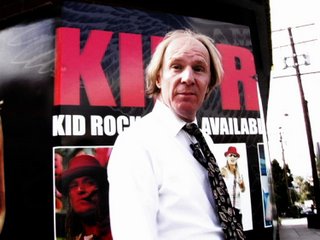
Whether I am watching a movie or reading a book, one thing I enjoy is for it to have a story. I know that sounds obvious, but let me define what I mean by “story.” A set of characters (or people, in the case of non-fiction) is introduced. The narrative then takes the characters through a series of events, usually involving an element of conflict and resolution. By the end of the story, the characters have been changed in some way by the events that occurred. If it is a good story, then I will have been changed, too.
Once again, I know, obvious stuff, but when I look at some of the movies that get tossed our way, I am amazed at how some of them are unable to meet even that basic definition of story. That would be understandable with documentary films, which purport to be non-fiction. Life does not always fall out into a neat story format. In fictional stories, however, the creator has the luxury of making everything up, so there is no excuse for a lack of story.
I started thinking about this while watching the movie “Junebug,” which was released last year after a well-received Sundance screening. Everyone else seemed to love this dreary piece of naturalism, but I didn’t grok it. It’s one of those stories about a son returning home, in this case with a new wife, and how that creates a bunch of family dysfunction. I’m not really a fan of this genre anyway, but I can tolerate one of these films if something interesting happens, some kind of STORY. In “Junebug,” not much happens, and the characters don’t change one bit. I wonder what was the point of that hour and a half?
As tedious as “Junebug” and other story-free movies are, they look even more pathetic when contrasted with the amazing stories woven together from real-life by some documentary filmmakers. Great recent examples include documentaries like “Daughter from Danang,” “Murderball,” and “Grizzly Man.” That brings me to “New York Doll,” one of “Junebug’s” classmates in the 2005 Sundance Film Festival, and another example of great storytelling using real-life events.
The New York Dolls were one of the seminal bands of the early-70’s punk scene. With their cross-dressing and outrageous antics, they never quite achieved mainstream success, but they helped kick-start the punk movement before splitting up in the late 70’s. In his first film, director Greg Whitely documents the reunion of the Dolls for a London music festival hosted by mope-rock singer Morrissey. Two of the original members had succumbed to the rock-n-roll lifestyle, leaving three original Dolls, Sylvain Sylvain, David Johansen (who enjoyed some 1980’s success with his bizarre lounge-singer character Buster Poindexter), and Arthur “Killer” Kane. Of these, bassist Arthur Kane’s post-Dolls life had been perhaps the most intriguing. He had burned out on booze, attempted suicide, and finally become a Latter Day Saint (That’s Mormon, for you Easterners.) Despite finding some peace and sobriety in his new religion and his job at the Mormon geneology library in L.A., Arthur clearly nurtured bitterness and regret over his lost rock-n-roll dreams.
“New York Doll” picks up at this point, following the band members as they gear up for the Dolls reunion and concert. The film focuses on Arthur Kane, who really achieves some redemption as he makes up with his old band-mates and relishes his return to the stage. Arthur annoyed me at first with his nebbishy whining, but his wry sense of humor ultimately won me over. I also really dug Arthur’s Mormon co-workers and fellow church members, who look straight-laced but are really cool! I can imagine that the filmmaker started out following all of the Dolls, but by the end of filming, it must have been clear that the real STORY here was Arthur’s journey. Greg Whitely recognized that and used it to make “New York Doll” a story in the best sense.
4 out of 5 stars.




No comments:
Post a Comment